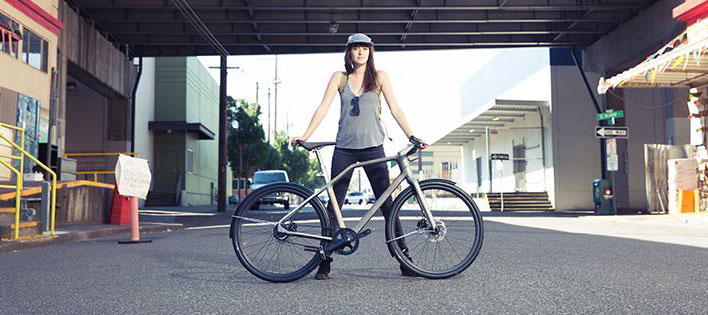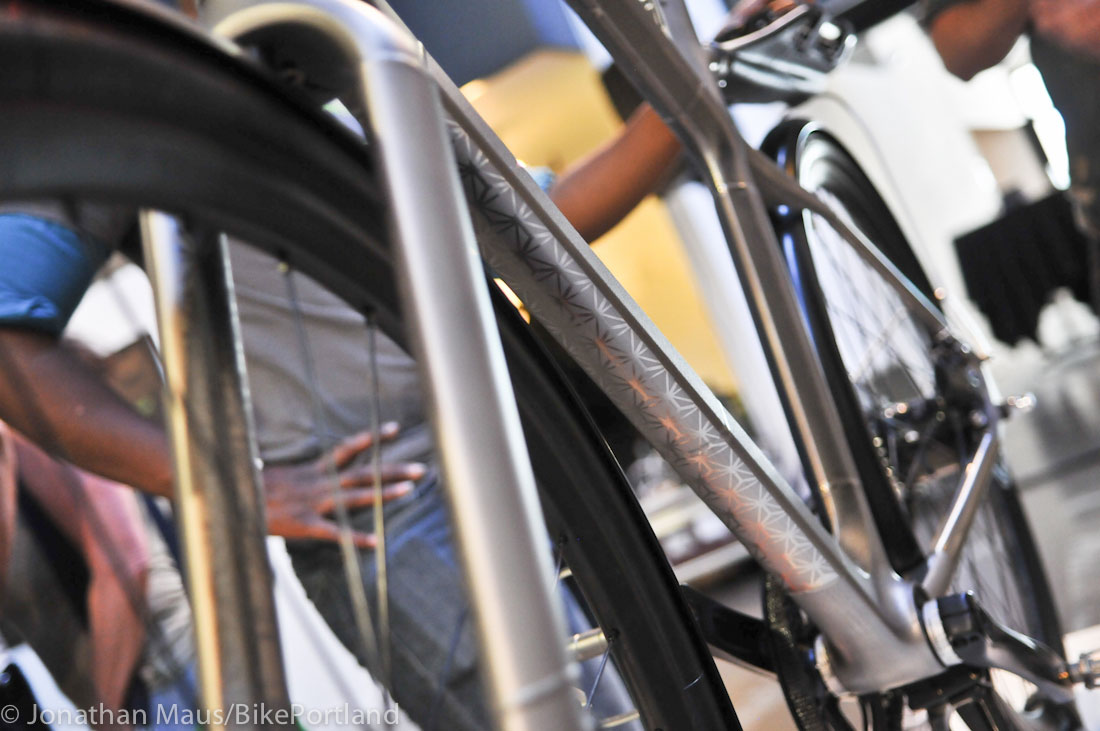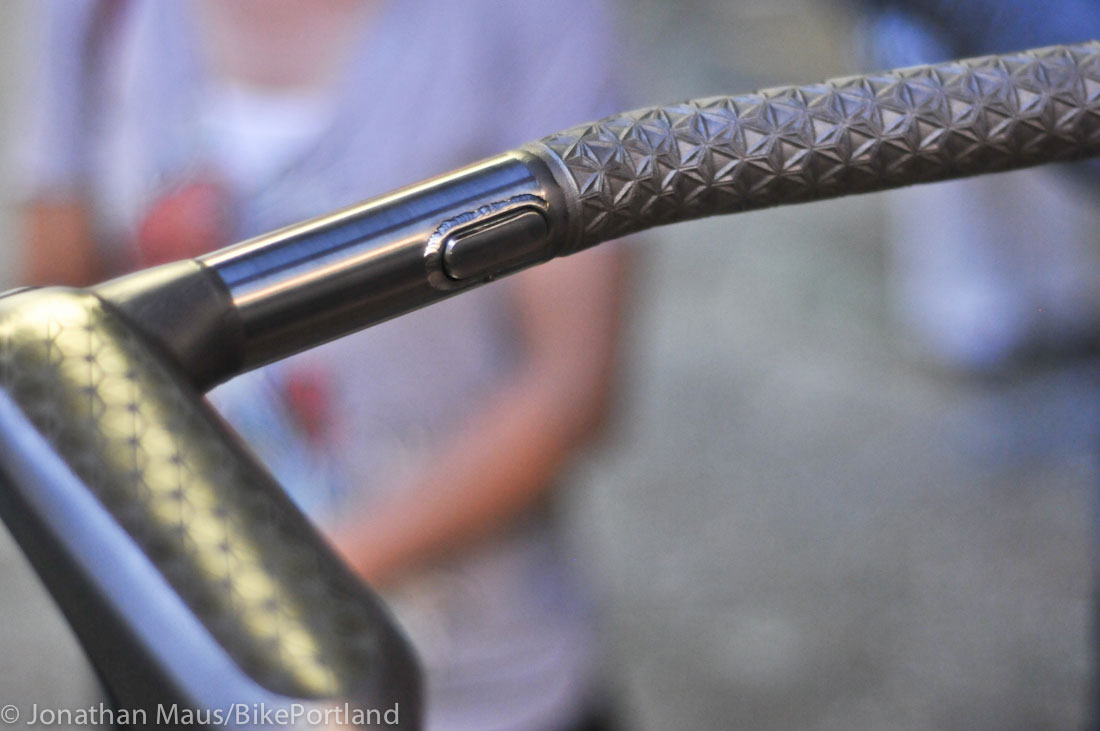The cities of the future will have electric cars, shared cars and lots of bicycles, city bikes to be precise. So, if 3D printing is the manufacturing method of the future, it seems safe to say that many of those future city bikes will be 3D printed.
“We might as well get ahead of the curve with a head start,” is what Portland design firm Industry must have thought when it partnered with local bike makers Ti Cycles. Together, the two businesses teamed to create SOLID, a concept bike with most of its parts 3D printed in titanium, to make it lighter, tougher and definitely a whole lot cooler looking.
The SOLID concept was presented in Portland, along with projects from four other US cities (New York, Seattle, Chicago and San Francisco) within the context of Bike Design Project. The eight month process challenged designers and bike makers to take cycle design into uncharted territory by applying state of the art R&D methods to the city bike segment, which is often overlooked by bike manufacturers.
Leveraging Ti Cycles’ in-depth knowledge of titanium-based manufacturing methods, the Portland team created a truly advanced concept that integrates both digital mobile technology and digital manufacturing for maximum comfort during long city commutes.
David Levy, owner of Ti Cycles, used 3D printing – probably SLM technology, which permits the use of pure titanium – to create tubes and other parts of the frame. “With the 3D printer,” he said to Bikeportland.org reporter Jonathan Maus, “You can make shapes and pieces that are impossible to make any other way. You can vary wall thickness, vary shapes, and you can put material in areas it’s not possible to do any other way. Take the fork crown for instance. It has an interior structure that’s like a lattice. It looks similar to the structure you see inside of a bone. There are thin walls on the outside that are skins, then a lattice work that spreads loads to all the different points internally.”
In the SOLID concept, the Shimano Di2 shifting system is accessed via a push button near the grips (which are also 3D printed in titanium). Most of the bike tubes were 3D printed, as well, though that also meant they had to be welded together, as the system’s maximum print size is 11” in length. Nevertheless the end result is impressive.
The winner of this year’s edition will be selected by a popular vote, rather than by a jury, and Fuji Bikes has pledged to take it into mass production. Soon, when the technology is there, Fuji may even mass produce them with 3D printing, perhaps even as a single piece.






